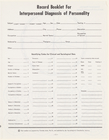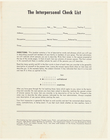- The Library Shop
- Privacy Policy
- Rules and Regulations
- Using the Internet
- Website Terms and Conditions
- Gifts of Materials to NYPL
-
© The New York Public Library, 2024
The New York Public Library is a 501(c)(3) | EIN 13-1887440
This collection is also available in Archives & Manuscripts
View In Archives »
© The New York Public Library, 2024
The New York Public Library is a 501(c)(3) | EIN 13-1887440

